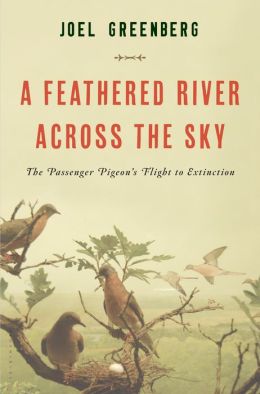I’ve noticed that many people enjoy nature, but they do it in distinctly different ways. Here are 6 examples of the ways I’ve seen folks enjoy nature -- what type of greenmomster are you?
The Hands-On Greenmomster – Some folks really enjoy touching, smelling, seeing, and hearing new things when they’re out in nature. We’ve got a couple of folks in our family who just aren’t happy with a hike unless a salamander is caught, a millipede is wrangled, a sea turtle is cheered on its journey to the ocean, or an owl pellet is dissected. These folks would rather spend an afternoon fishing than hiking. 
The Party Animal – Is being outside more fun when you’re with a group? 
The Lone Wolf – Do you prefer to enjoy nature on your own – no conversations to distract you? Then maybe you’re a “lone wolf”! A dog companion is OK, but the humans need to stay home when you’re headed into nature (be sure to let someone know where you’re going!)
The Nature Athlete – Some folks like being out in nature, but it’s the physical challenge that really excites them. We’ve got members of our family who’ve done 24 hour speed hikes (not my idea of a good time), or enjoy 100 mile bike rides (in one day). They love being outside, but they REALLY love combining the experience with a physical challenge!
The Armchair Athlete – Do you love nature, but the bugs and the heat get you down? Don’t like getting your shoes dirty or working up a sweat? Maybe viewing nature through nature shows, movies, or photography magazines is more your speed. I personally can’t wait to see Disney’s Bears  and the Island of Lemurs: Madagascar.
and the Island of Lemurs: Madagascar. 
The Scientist – Maybe learning about the science behind nature is what really excites you! 
The Farmer – Your favorite way to experience nature is through your garden or beehive. You love watching plants grow and knowing all of the insects that depend on them.
Tell us what type of nature lover you are – or maybe add to the list!
Be sure to “Like” Greenmomster on Facebook!


 If you ever wanted a detailed account of the fate of the passenger pigeon, then
If you ever wanted a detailed account of the fate of the passenger pigeon, then  , cruise director of the SS Greenmomster, I find that planning vacations is almost as much fun as going on them. So this year, I decided that we were going to take a mini-vacation at the beginning of spring break. Lucky for us, we live less than two hours from
, cruise director of the SS Greenmomster, I find that planning vacations is almost as much fun as going on them. So this year, I decided that we were going to take a mini-vacation at the beginning of spring break. Lucky for us, we live less than two hours from 







 We’ve written about the
We’ve written about the  In past posts, greenmomster has included info about the
In past posts, greenmomster has included info about the 
 Over the weekend I had the pleasant surprise of watching
Over the weekend I had the pleasant surprise of watching 